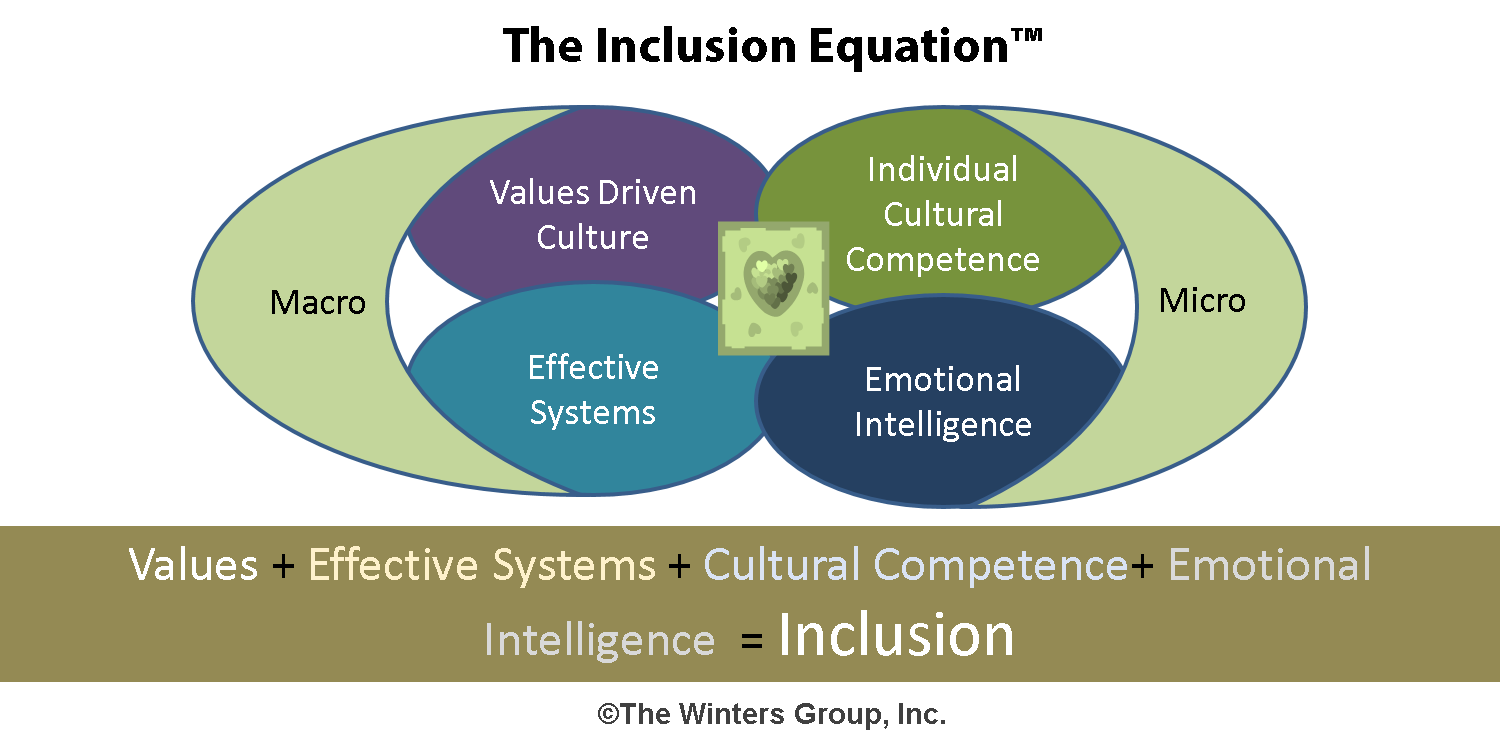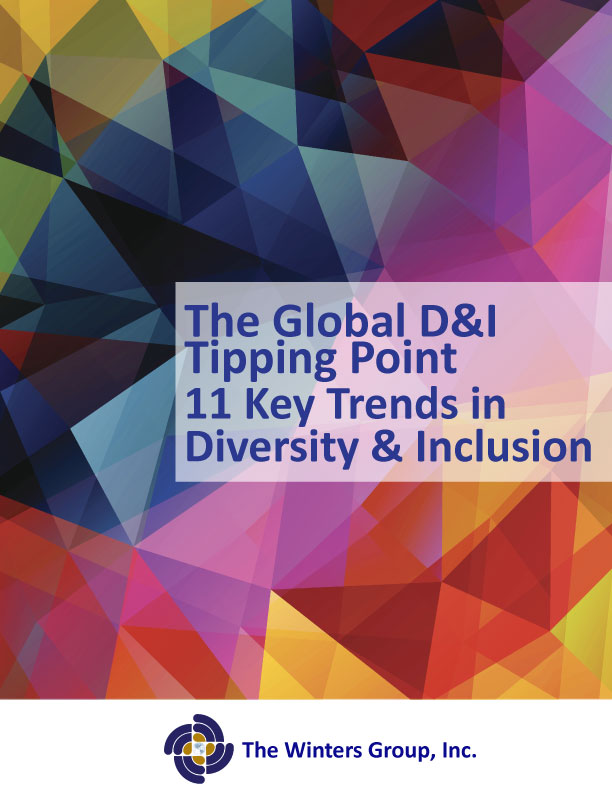
Global, multicultural and virtual teams have become the new norm for many organizations, subsequently fueling the business case for the identification and implementation of strategies and tactics that foster inclusion, collaboration, and innovation. The use of technology in creating these synergies is a growing trend.
As part of our Global D&I Trend series, this week, we explore the ways organizations are using technology and how Chief Diversity Officers (CDO) are building bridges across the organization to foster inclusion and collaboration. The use of collaborative technology and methods, like crowdsourcing, are growing trends in global diversity and inclusion.
Collaborative Technology
Organizations seeking to facilitate idea generation and sharing among its internal and external stakeholders have begun to invest more in technologies that support engagement and collaboration.
Examples of collaborative technology tools include Yammer, Google Apps, Salesforce Chatter, and Office 365. These tools give organizations the capacity to effectively facilitate idea-sharing, collaboration, and foster inclusion. These tools not only serve as platforms to empower employees to connect, but they also accelerate the velocity and volume of ideas coming from internal and external stakeholders. These tools ultimately give leaders the opportunity to put inclusion into action by creating a forum where employees (at all levels), and, in some cases, customers, can be heard and their unique perspectives valued. In our Global D&I Tipping Point report, we share examples of how specific organizations have used these tools.
Crowdsourcing
Additionally, crowdsourcing is another method organization have used to intersect their inclusion efforts with technology, and ultimately create a climate for innovation. By definition, crowdsourcing is the practice of obtaining needed services, ideas, or content by soliciting contributions from a large group of people, and especially from the online community. Leaders are using crowdsourcing as a mechanism to better understand the makeup of their organizations and markets, and to solicit perspectives and ideas that could potentially have business impact and support organizational goals.
At The Winters Group, we posit that in order for crowdsourcing, as a tool, to be fully maximized, however, the source itself must be diverse. Likewise, leaders must be culturally competent enough to acknowledge, understand, and effectively leverage the diversity of thought that manifests from the perspectives of people from different backgrounds.
This dynamic is conceptualized in The Winters Group’s Inclusion Equation, which captures the importance of micro-level intercultural competence and macro-level systems, like collaborative technology, in creating a true culture of inclusion.

This school of thought has also set the stage for diversity practitioners and technology leaders to identify opportunities where their worlds and work intersect. As a result, partnerships between the offices of the Chief Diversity Officer and Chief Information Officer is also a growing trend. In our report, we explore how organizations can facilitate and benefit from these strategic, collaborative efforts.



















